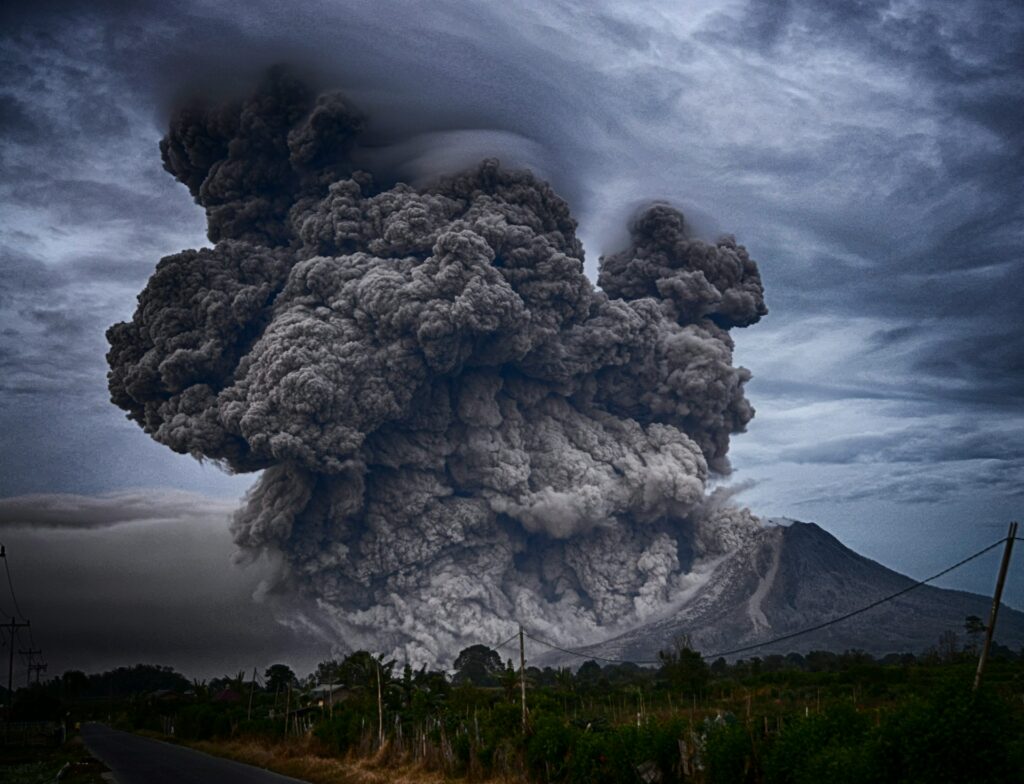Most Recent News


Popular News


Looking to understand the difference between a 'rule by few' and a 'rule by many'? This article covers the government forms by power source. This is a basic building block article for understanding topics on The Hidden Dominion

We need to look at our modern government forms as they relate to the cycle of political regime change: a continuous recycling of governmental systems.
There are numerous methods we could use to classify the current government systems. For example, looking at governments by power structure we have forms such as anarchy, confederation, unitary state, and federations. Even further we can structure governments by power ideology such as a constitutional government, absolute monarchy, or others like a general republic.
The most common discussion method is to use socio-economic attributes such as anarchism, capitalism, communism, socialism, and monarchism. The list is endless.
Yet, these aren’t helpful when trying to quantify the government forms from a degeneration standpoint. Regardless of how you break down the government system, many different types follow the historical trends of other types without the same designation.
This seems confusing at first glance, but when we look at the underlying source of governmental power, it begins to make a lot more sense.
The four types of government per power source are as follows:
Given the above types of government:
The rule by one systems would include different government forms such as kingship, fascism, absolute monarchy, autocracy, communism, and dictatorships. It is where the vast majority of power to govern is centralized in the hands of one.
The rule by few systems would include different government forms such as oligarchy, mid and late stage socialism (or similar centralized structures), aristocracy, and the like. It is where a select few, a party, or similar small entity hold the vast majority of power to govern.
The rule by many systems would include different government forms such as democracy, constitutional monarchy, ochlocracy (mob rule), republic, and similar. It is where the vast majority of the population hold the majority of power to govern.
A rule by none system would include the single system of anarchism at its absolute break-even point when control is lost and before control is re-established. It does not exist as a “government system” but rather the inverse of one. It is more of a philosophical system than a reality-based practical one.
Considering governments through the lens of their power source is essential for understanding why governments collapse. The power source is what drives the cycle of regime change and the individual regime cycle of collapse.
Each government, regardless of their exact title, follows their power source throughout anacyclosis.
All of these types of systems have failed to stop anacyclosis. That’s the main point of this website, my (still new) theory of Enclavism, and my research into government forms.
Since none of these forms can stop it, we need a different form entirely. The goal is to create one outside of the realm of these constricted government forms.
My initial idea, which has demonstrated some historical success, is the idea of a “rule by contributors”. This would be a type of system where the rule is somewhere between “rule by few” and “rule by many”. It would be a system where a few would not be in charge, but neither the entirety of the nation. Rather, the contributors would hold the vast majority of power to govern. The power cycle would also be correctly distributed.
But that’s a topic for a later article. For now, we’ve touched on each current form of government. So, when you see “rule by many” and “rule by few” scattered throughout all of my articles, you’ll know what we’re talking about.
Read Next:
The COVID Vaccine: Thoughts and Scenarios
Sir Glubb’s 250-Year Hypothesis On The Duration Of Great Nations
If you enjoyed this article, bookmark the website and check back often for new content. New articles most weekdays.
You can also keep up with my writing by joining my monthly newsletter.
Help fight the censorship – Share this article!

(Learn More About The Dominion Newsletter Here)
Well then, Kaisar. Another question; what exactly does idleness have to do with Socialism? What flaws does Socialism have to offer in addition to it’s benefits?
Socialism is degenerative and benefits a few at the expense of the many. It rewards the lower class and ruling class while continually stabbing the middle and merit-based classes. There are plenty of other problems with it, but the main problem with socialism is that it is unsustainable due to the cycle of collapse (its built off of the same frameworks that cause anacyclosis). This is also true of capitalism, but you asked specifically of socialism so that is its pain points. It still has a few benefits. Most notably the communal focus, reduction of narcissistic individualism, anti-financial elite economic framework (merely replaced with governmental elite, however), and related factors that plague capitalism.
Thanks, you’re really a good guy, you know that?
Worse yet… the anti-financial elite economic framework can become a governmental elite, thus, socialism in the purest sense can also be seen as a consolidation between these two disparate sets of elite into a single, much larger, even more unaccountable ruling elite. The elite will still have their private security detail, but may even be able to employ a secret police force to quell the government’s opposition. Socialism, as a whole, especially given the government’s track record for mismanaging its resources, simply accelerates the degeneration to a point where people are left with little recourse but to make a run for it.
Yep. And that is how we end up with a rule by one eventually, as consolidation continues to occur even within the small elite few (or a strongman comes along and breaks up the elite few ~ same end result of a rule by one).
That closet strongman may seek to get the elite few fighting amongst themselves (by proxy or otherwise) to that end. The closet strongman barely needs to do much but build up as the elite undergoes a power struggle, so thoroughly preoccupied with each other that the remaining elite will be so badly weakened that the strongman can come in and dispose of or absorb that elite’s forces into their own ranks. A Revolution always eats its own.